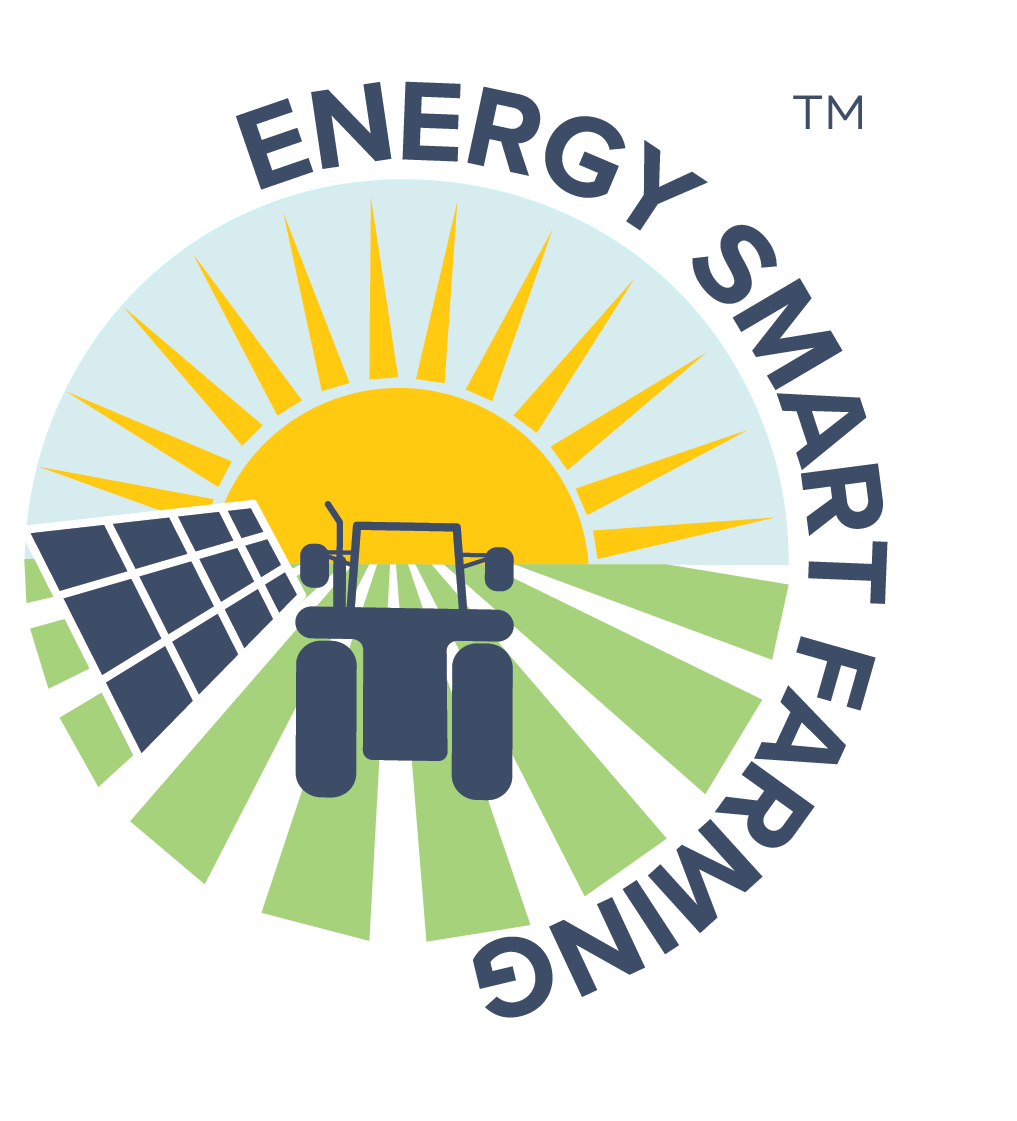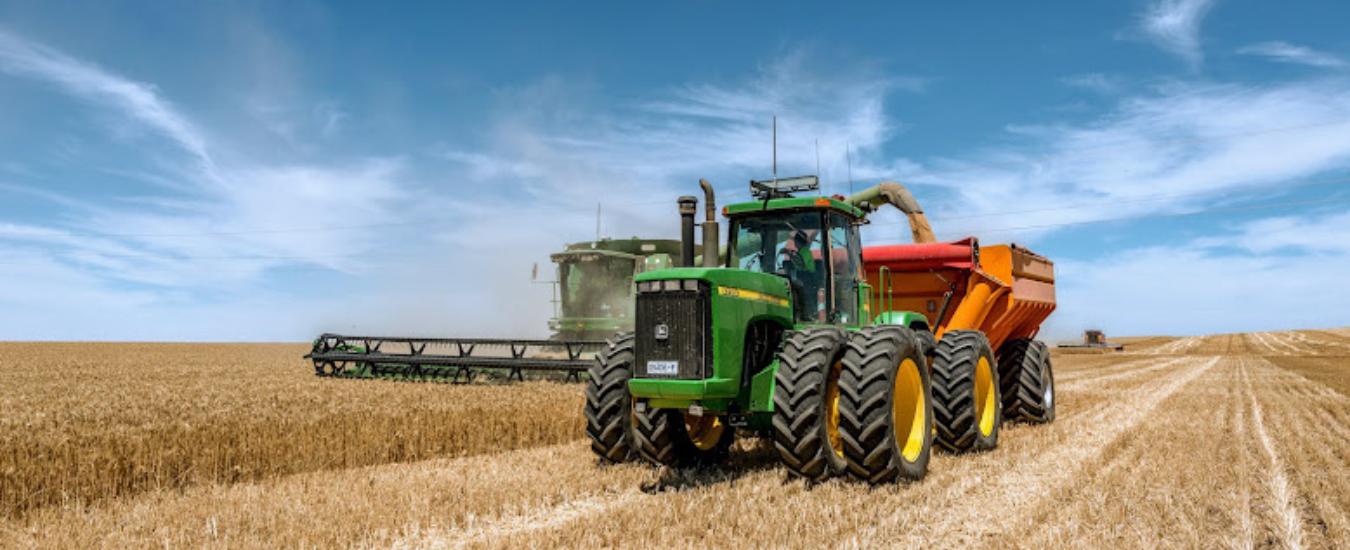Northern Victorian dryland farmers Craig and Julia Thomas expected energy savings and farm efficiencies from their involvement in the Victorian Government’s Agriculture Energy Investment Plan – and were happy to discover the extent of labor saved and improvement to workplace safety.
Craig and Julia Thomas operate a 1,200-hectare dryland cropping property at Youanmite, north-east of Shepparton, growing wheat, canola, faba beans, oats, and vetch. They are also growing their capacity to dry and store grains and lentils, requiring significant on-farm infrastructure. In 2019 Craig and Julia undertook a free Energy Assessment offered as part of the Victorian Government’s Agriculture Energy Investment Plan (AEIP). As a result, several investment opportunities were identified for Youanmite to improve energy efficiency alongside growing their business and doubling the capacity of their grain storage facilities. Craig and Julia received AEIP grant assistance to help implement measures identified in their energy assessment, namely the installation of solar Photovoltaic (PV) panels, purchase of a chaser bin and the introduction of an electric belt shifter system (linked to solar power) for safer and more efficient grain and fertiliser handling.
The opportunity
One of the risks identified for the farm business was the cost of power, and the potential for future price rises to erode business viability. In an industry with fluctuating gross margins, opportunities to control input costs is key to building sustainability into the overall farming operation. The operation is reliant on high energy-use infrastructure to grow and harvest grain, including substantial diesel-powered machinery and electric grain storage and drying infrastructure. It is part of the strategic farm plan that the operation overall is as energy efficient and productive as possible.
The technology
Investment in solar panels was identified as a means of achieving reliable control over electricity costs and reducing the risk from future price rises. Expanding on-farm storage and implementing aeration-based insect control techniques is a measure to underpin the viability of the Thomas’s business going forward. The aerated storage silos have been connected to the solar PV panels. Aeration is automatically controlled according to ambient conditions, generally occurring in daylight hours when solar panel feed is active. In addition to reducing energy the precise control of grain temperature and humidity in the silo minimises fumigation needs (to control insects in stored grains), resulting in cost savings and product quality improvements.
The Thomases were using petrol and diesel to shift grain and fertiliser moving on and off the farm (in excess of 1500 tonnes per year), creating a significant cost to the business. The new belt shifter system uses electricity as its only power source and 95 percent of its use is during daylight hours using solar power. The Thomases were aware of the length of time spent by the grain trucks having to transverse paddocks to collect grain from the harvester – and the non-productivity of the header being idle while grain was being transferred to the trucks. The investment in a chaser bin, to collect grain from a harvester while the header is continually going, was a way they could save on time and fuel. The chaser bin (towed by a tractor) has a built-in auger designed for fast unloading of grain (into field bins or trucks) and allows trucks to be filled at a central designated point.
The outcomes
Using a renewable energy source to power grain storage operations has created energy savings and productivity benefits. Previously, the grain conveyor and augers were running on petrol. The new belt shifter system uses electricity as its only power source and 95 percent of its use is during daylight hours when there is solar power generation. The new belt shifter moves grain and fertiliser more quickly, reducing operating time, providing both energy and productivity gains. The electrical equipment requires minimal maintenance, reducing downtime and freeing up resources for other facets of the business. In addition, Occupational Health and Safety (OH&S) and environmental risks around grain storage have been reduced – the new shifter ismuch safer to operate and the aerated silos (also using solar power) reduce fumigation to control insects in stored grains. The addition of a chaser bin to the harvest operations produced improvements in harvest efficiency and throughput – up to 30 percent increase in harvester productivity. Adding a chaser bin has delivered benefits on a number of fronts. Harvest time has reduced as there is no time lost from the header having to be idle while the grain is unloaded. This saves engine hours on the header (and associated diesel use) – and extends its lifespan. Grain movement (in and out of the paddock) is also more efficient. Over a harvest (accounting for the relative costs of the harvester, the towed chaser bin and the grain trucks) – the gains in efficiency deliver savings on both fuel and labour. By reducing the time at harvest, there is also less risk of spoilage or a grain quality downgrade due to bad weather. There are OH&S benefits from reduced fatigue and the chaser bin has reduced the risk (in earlier harvests) from multiple vehicle movements in the field, as trucks had to drive to numerous points in the paddock to collect grain from the header before delivering it to the receival centre
Table 1: Investment costs and benefits of new energy saving technologies
| Technology | Investment cost | Benefits | Modelled annual benefits | Payback (discounted) |
|---|---|---|---|---|
| 10kW solar PV - business use | $15,000 | Electricity | $2,600 | 7 years |
| Chaser Bin | $56,000 | Diesel & other | $13,000 | 4.7 years |
| Belt Shifter | $26,000 | Petrol & other | $4,500 | 7 years |
The last word
Craig summed up the greatest benefits of the technology to their business. “As we continue to grow our business, our electricity and diesel use would also have increased. These projects have saved us energy costs with a relatively short payback on our investment – and also delivered OH&S benefits, labour savings and environmental benefits. We couldn’t be happier with the outcomes.” Craig also added that “we were so pleased, we had a second energy assessment to help us identify more opportunities. With this, we created an business energy plan for us to work towards – ensuring that our business operation continues to be sustainable into the future.”
Download a copy of this case study – Chasing energy efficiency.pdf



